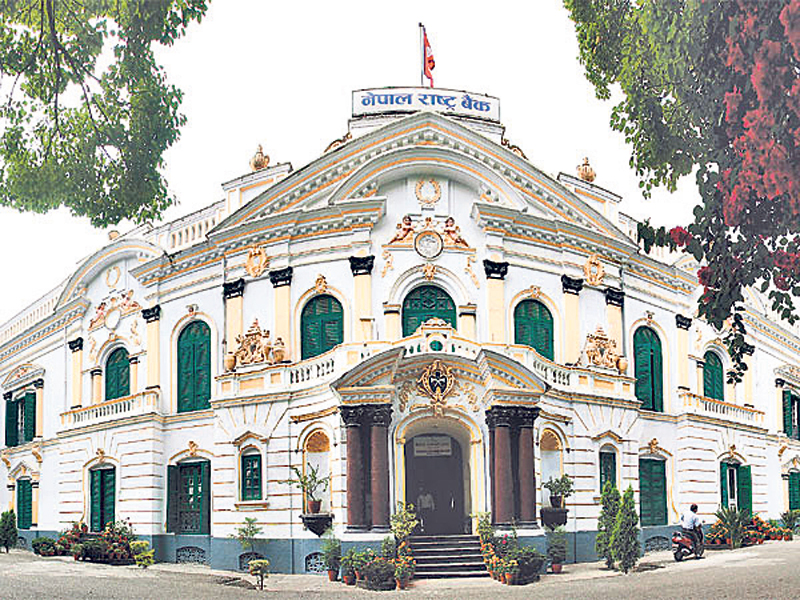KATHMANDU, July 30: Nepal’s banks and financial institutions (BFIs) continue to reel under the problem of having excessive liquidity even after the commencement of the new fiscal year (FY) 2025/26.
Citing the problem, Nepal Rastra Bank (NRB), on Wednesday, stepped up efforts to absorb Rs 25 billion from the country’s banking system by using a bidding process. This is the fourth time that the apex monetary authority has withdrawn BFIs’ liquidity in the past two weeks of the current FY.
During this period, the central bank mopped Rs 194.35 billion in total. The central bank had earlier collected Rs 397 billion in deposits from the BFIs. With the added amount, the central bank now has cash of over Rs 591 billion of the country’s banking system.
Revised interest rate corridor system introduced

The central bank uses various monetary instruments to absorb excessive liquidity to regulate the money market. Open market operations, interest rate adjustment, alteration in reserve requirements, fixed deposits and reverse repos are some of the monetary tools that the NRB has been using to absorb excess liquidity from the market.
Nepal’s banking system has been undergoing a state of excess liquidity for a long time, mainly due to slow credit flow. Amid ongoing economic slowdown, the BFIs have been unable to expand their businesses despite continuous reduction in interest rates.
In the past one year, the commercial banks have reduced their base interest rates by an average of 2.03 percentage points. For the month between mid-July and mid-August, the 20 ‘A’ class financial institutions have maintained their average base rate at 6.1 percent, down from 8.13 percent a year ago.
Rastriya Banijya Bank has maintained its base rate at as low as 4.89 percent, followed by Standard Chartered Bank Nepal with 4.90 percent. Five banks including Everest Bank, Nepal Bank Limited, Global IME Bank, Nepal Investment Mega Bank and Nabil Bank have their base rates between 5 and 6 percent. NIC Asia Bank has the highest base rate of 7.17 percent.
Since May 2024, banks have been maintaining their average base rate in single digits. Of late, banks have been facing pretty low demand for loans compared to the hefty surge in deposits collection.
The records with NRB show that the BFIs as of Sunday collected deposits of Rs 7.223 trillion, and issued loans worth Rs 5.562 trillion. The credit to deposit (CD) ratio of the banks and financial institutions stands at 75.98 percent, compared to the regulatory threshold of 90 percent. Two months ago, the CD ratio was close to 80 percent.



































